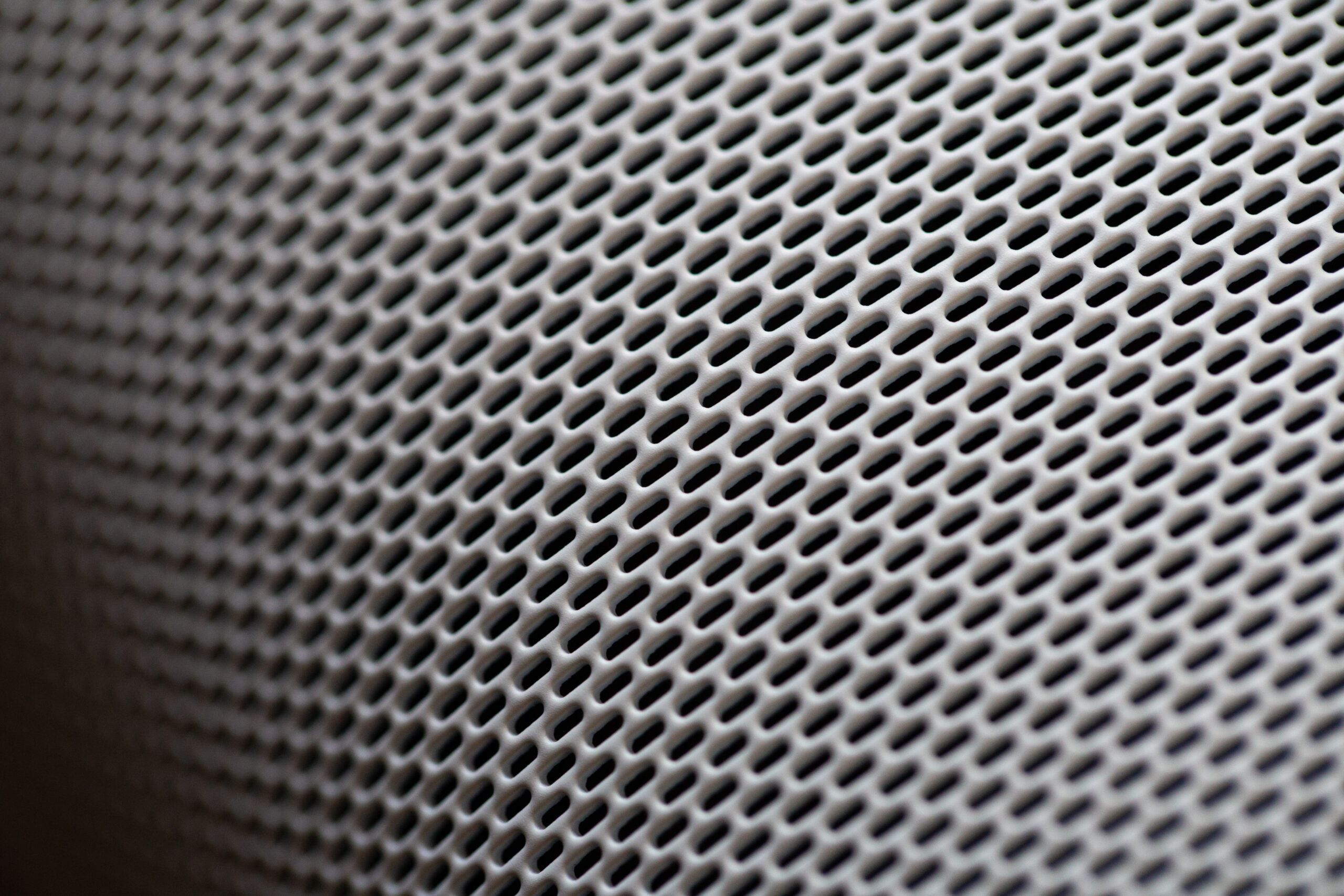Comprehending the NEMA L14-30 Plug and Its Uses
Thel14-30 wiring diagram is renowned for its design and functionality, tailored for high-capacity applications. It’s crucial to grasp its features and typical uses to choose the right equipment for your needs.
Overview of NEMA L14-30 Plug
This plug boasts a twist-lock system, ensuring a firm connection and reducing the risk of accidental disconnection. It has four wires: two hot wires, one neutral wire, and one ground wire. This wiring configuration is essential for handling the high electrical loads it supports.
Common Uses of L14-30 Plug
The L14-30 plug’s versatility renders it a preferred choice across various settings. It’s typically seen in:
- Recreational vehicles
- Generators
- Industrial equipment
These applications leverage the plug’s high power handling and safety features, fulfilling substantial operational demands.
Advantages of Employing NEMA L14-30 Devices
Choosing devices with a NEMA L14-30 plug offers multiple benefits:
- Strong connectivity: The twist-lock feature ensures a secure connection, ideal for demanding tasks.
- Improved safety features: Its unique structure minimizes hazards associated with high-power use.
- Weather resistance: The substances employed support outdoor uses, fitting various environments.
Comprehending the NEMA L14-30R wiring diagram and the plug’s advantages aids in making informed choices for installing electrical systems safely and efficiently.
NEMA Plug L14-30 Wiring Diagram: Detailed Instructions
Wiring a NEMA L14-30 plug demands meticulous attention and a strong understanding of the wiring process. This manual will lead you through the essential steps, essential tools, and safety measures. These are vital for a safe and successful installation.
Step-by-Step Wiring Process
To wire a NEMA L14-30 plug effectively, follow these steps:
- First, study the l14-30 wiring diagram to comprehend the setup.
- Ensure the circuit is disconnected for safety during the installation.
- Remove insulation from the wire ends to prepare them for connection.
- Connect the hot wires (red and black) to their terminals, paying attention to polarity.
- Link the neutral wire (white) to its terminal.
- Fasten the ground wire (green or bare) to the ground terminal.
- Check all connections, then replace the plug cover.
Essential Tools and Materials Needed
Collect these essential wiring tools for the job:
- Wire strippers for wire end preparation.
- A multimeter for voltage testing and connection confirmation.
- A screwdriver for terminal securing.
- Appropriate gauge wire, rated for 30 amps, for secure management of the load.
Electrical Precautions to Follow
Heed these electrical safety guidelines before beginning:
- Make sure power is off to avoid electrical shock.
- Use insulated tools to safeguard against accidental contact.
- Adhere to local electrical codes for compliance and safety.
By understanding the wiring of a NEMA L14-30 plug and adhering to these instructions, you’ll guarantee a secure and effective setup. Proper wiring and the right tools are paramount for reliable electrical projects.
L14-30 Wiring Color Code Clarified
Understanding the NEMA L14-30 wiring color code is essential for safe and effective electrical setups. The standardized color codes simplify to identify each wire’s purpose. This guarantees safety and enhances system functionality.
NEMA L14-30 Wiring Color Designations
The l14-30 color assignments adhere to a particular pattern, standardizing wiring practices. Commonly, the following colors are employed:
- Black Wire: Hot
- Red Wire: Hot
- White Wire: Neutral
- Green Wire: Ground
This distinct distinction simplifies comprehending connections when wiring the L14-30 plug.
Significance of Adhering to the Color Code
Adhering to the correct NEMA L14-30 wiring color code is imperative to prevent accidents. Wrong wiring can result in electric shock, equipment damage, or even fires. Adhering to the l14-30 color designations not only ensures personal safety but also enhances electrical system performance. These standards assist minimize risks linked to incorrect wiring.
Pictorial Depiction of the L14-30 Wiring Schematic
Grasping the L14-30 wiring schematic is crucial for those managing this electrical connection type. A visual aid can make the process more secure and more efficient. We will delve into an annotated wiring diagram that explains how each component links.
Annotated L14-30 Wiring Diagram
The annotated wiring diagram visually depicts the L14-30 plug’s wiring setup. Each part is distinctly identified, simplifying the process. Key components comprise:
- Hot Wires: Typically black and red, carrying electrical current.
- Neutral Wire: Usually white, serving as the return path for current.
- Ground Wire: Often green, essential for safety by preventing electrical shocks.
Deciphering the Wiring Schematic
Understanding the wiring schematic’s interpretation is essential to correct installation. L14-30 wiring schematics feature symbols and lines that represent various components and connections. When deciphering it, consider:
- Recognize Connections: Look for lines linking different elements.
- Understand Symbols: Recognize common symbols such as circles for wires and rectangles for devices.
- Trace the Path: Trace the path from the power source through the plug to the device to guarantee accuracy.
With the annotated wiring diagram and a solid grasp of the schematic, the installation process becomes straightforward. This method reduces errors and enhances safety during use.
Conclusion
Mastering the art of the NEMA L14-30 plug and its wiring is essential for anyone engaging in electrical work. This guide has equipped you with the knowledge to guarantee safe installation and effective use of equipment connected to this plug. By grasping the wiring steps and color codes, you can significantly reduce the risk of electrical hazards.
Adhering to the correct wiring guidelines enhances safety and boosts your confidence in DIY projects. Whether you’re installing a generator outlet or linking to large appliances, understanding the specifics of the NEMA L14-30 plug enables you to manage electrical tasks with confidence. It’s about fostering a secure environment while enjoying reliable power systems.
This information enables you to on your own handle electrical projects, ensuring your equipment operate efficiently. Remember, a carefully executed wiring process does more than just power your devices. It also guarantees your safety and the safety of those around you.



